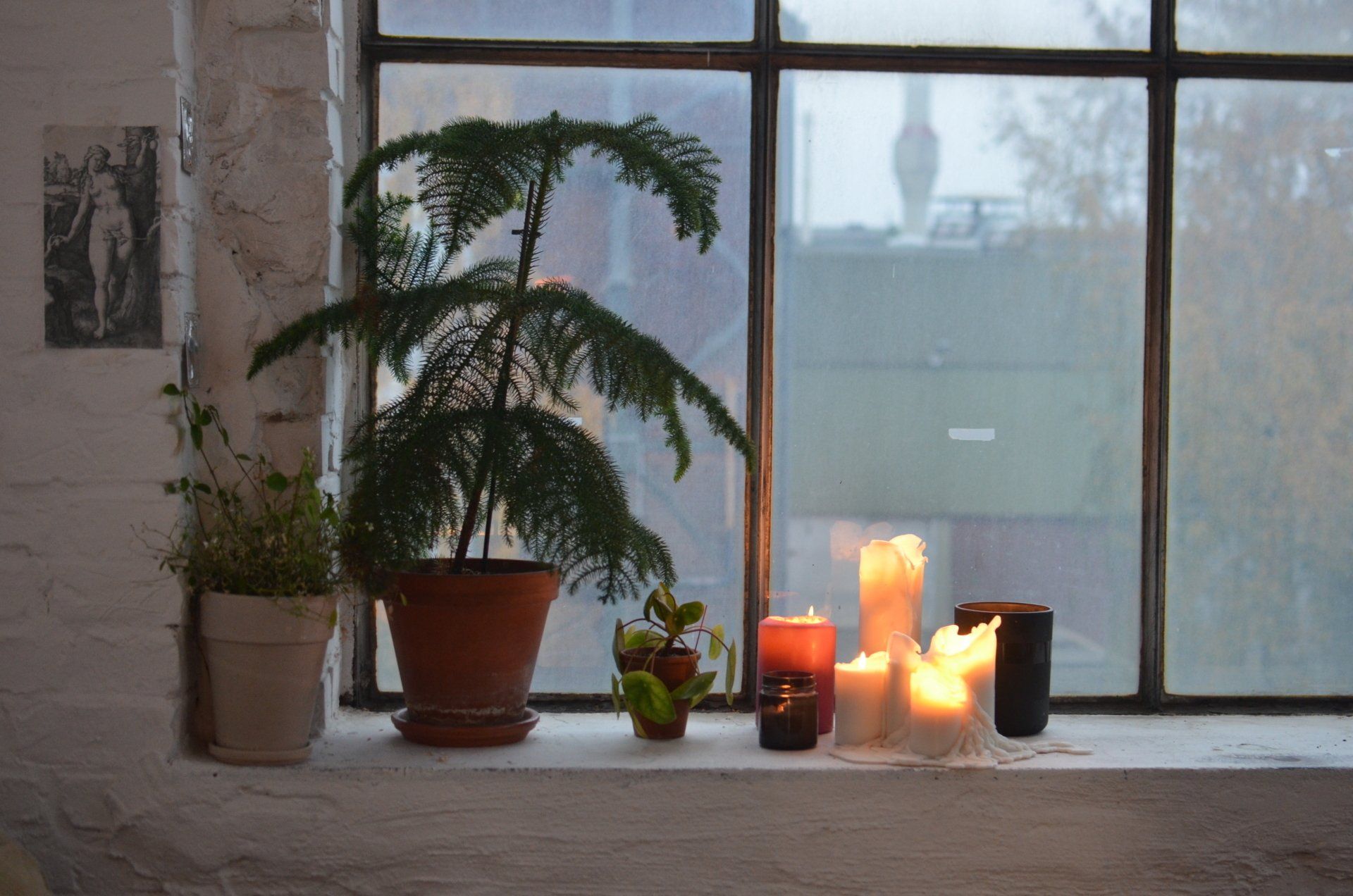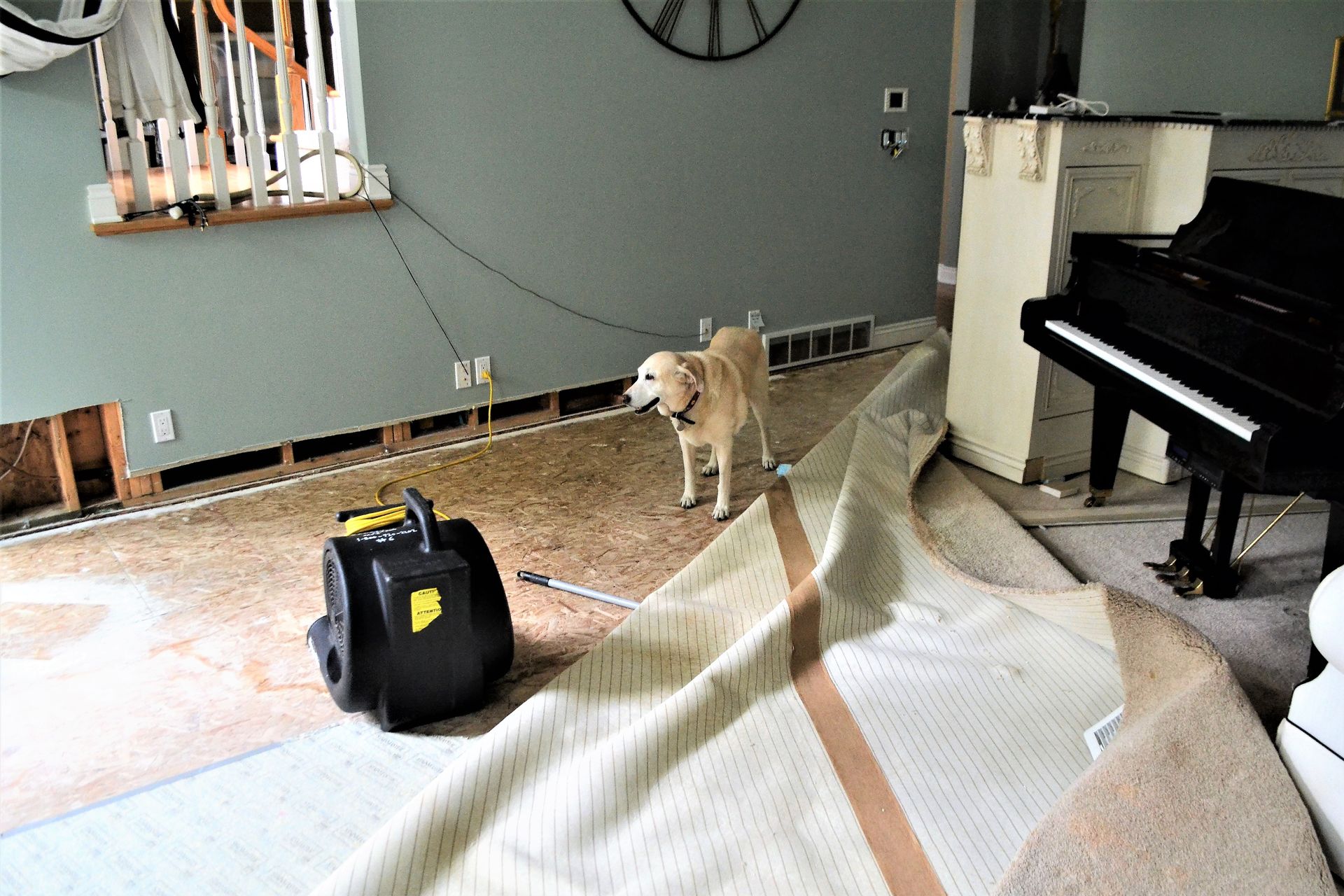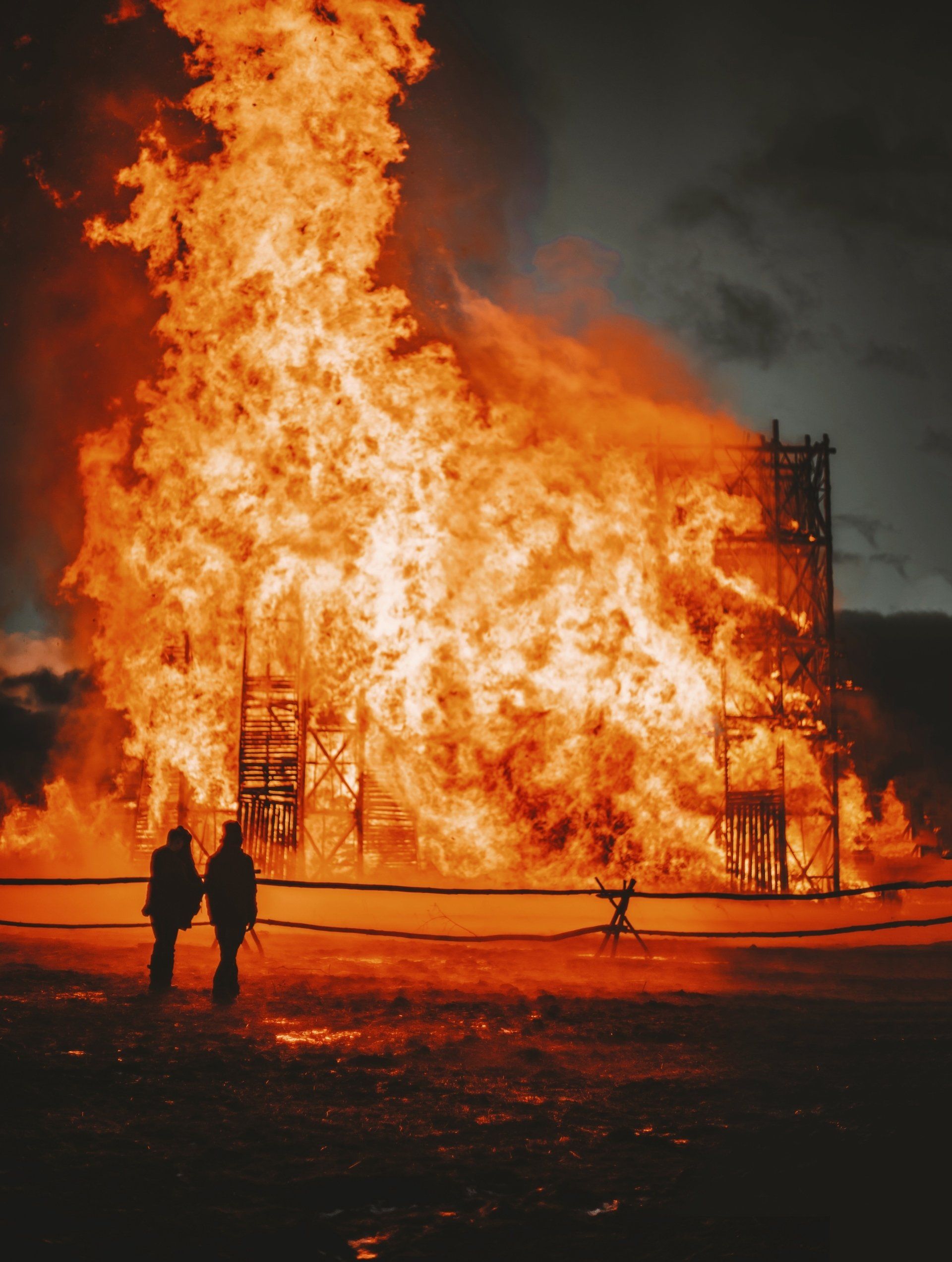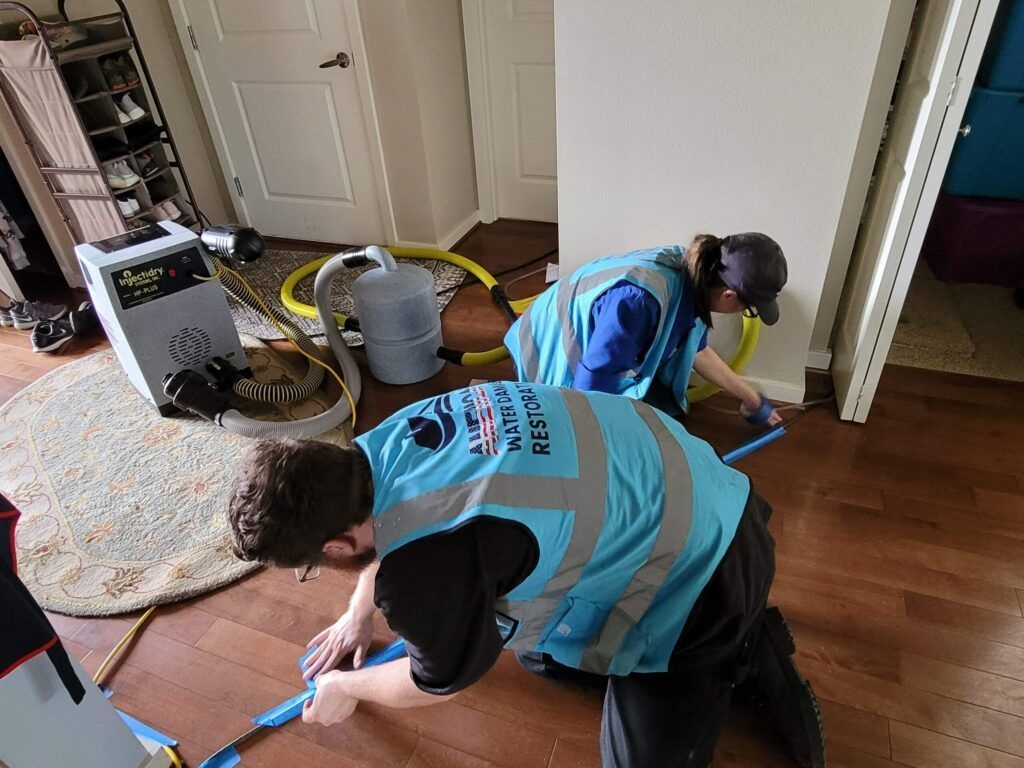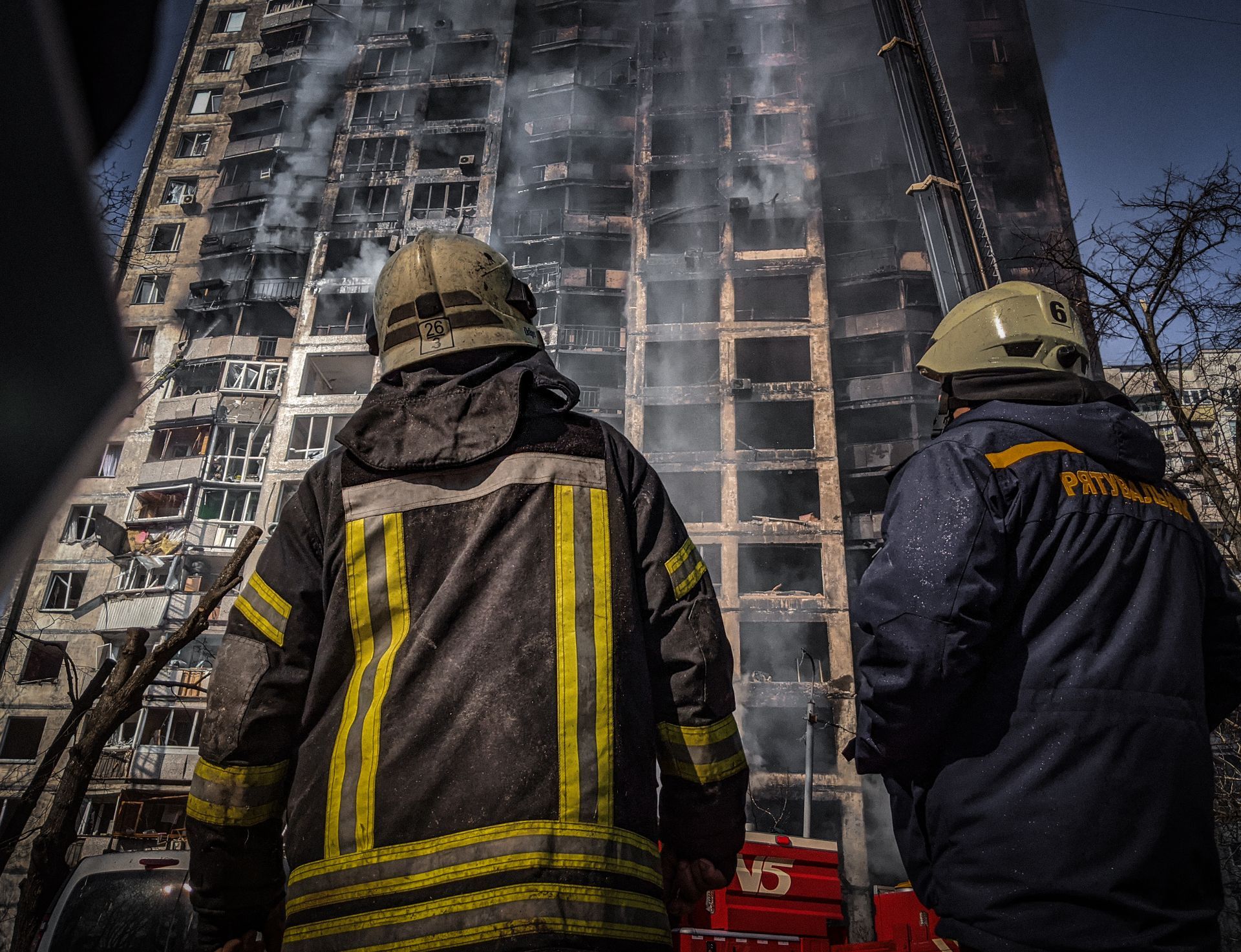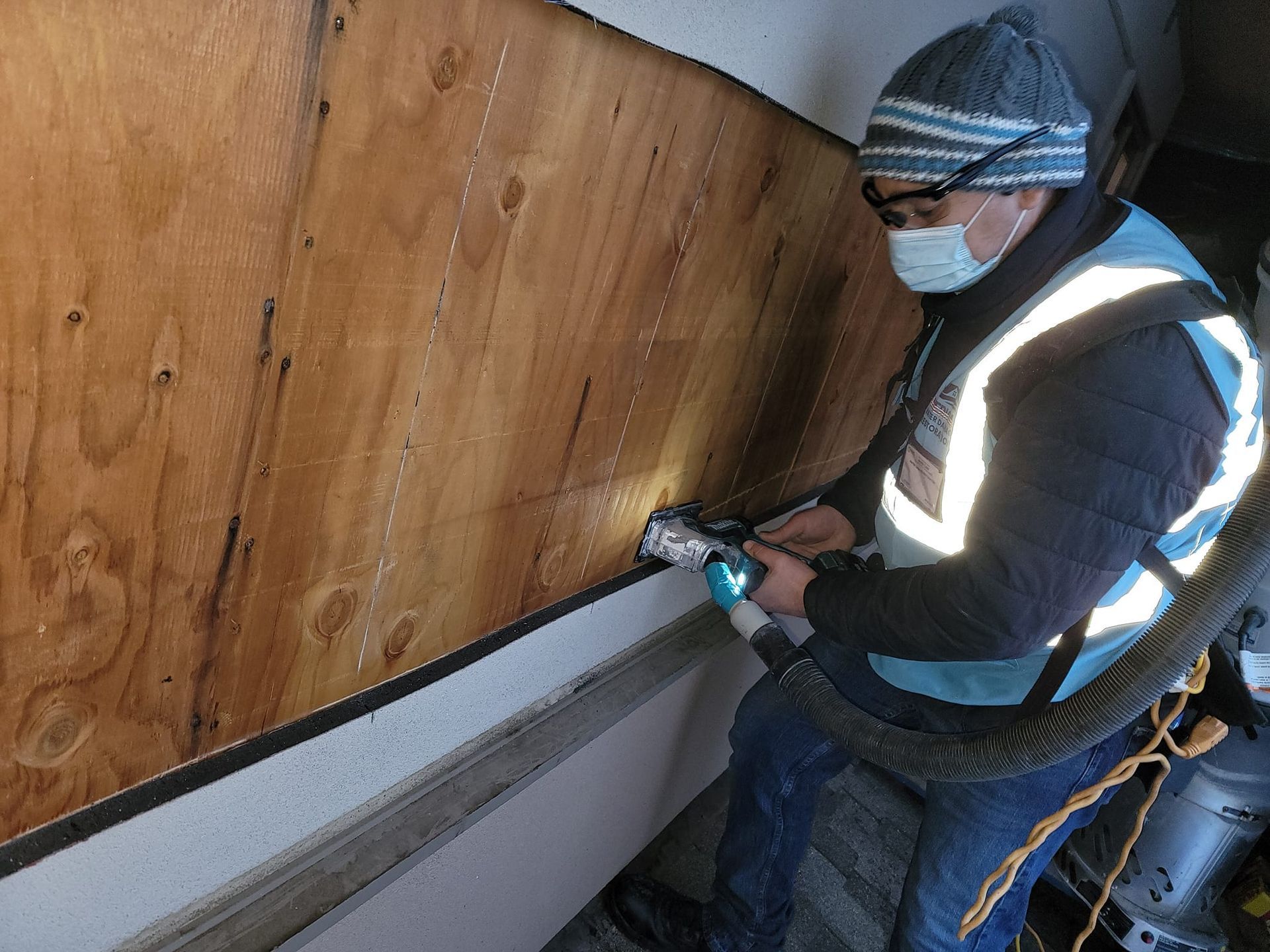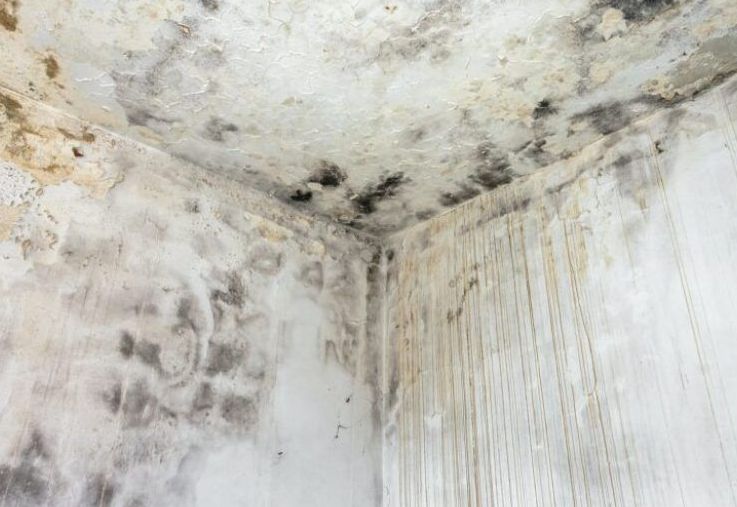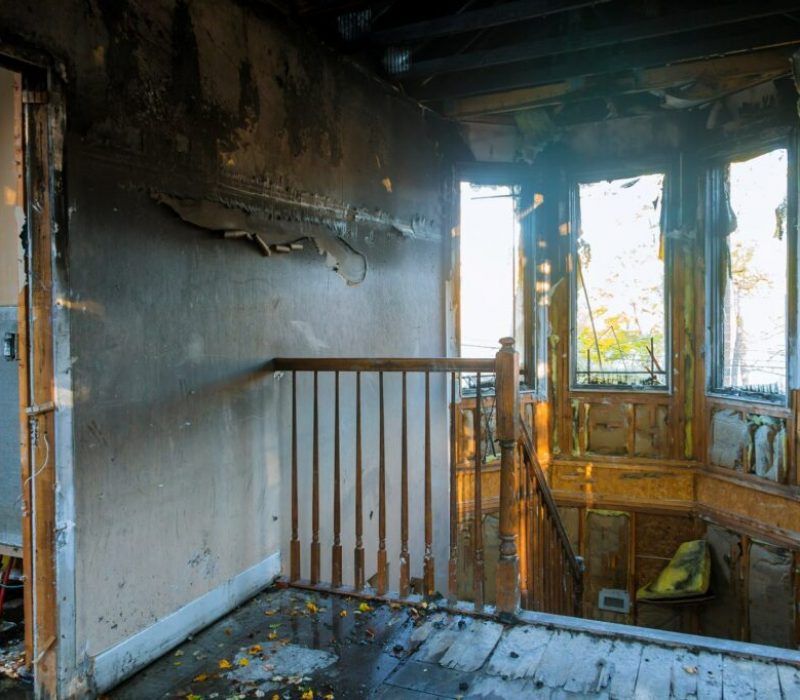- 24/7 EMERGENCY SERVICE
- ON OUR WAY IN 60 MINUTES OR LESS
- WE WORK WITH YOUR INSURANCE
Protecting Your Home from Fire Damage
Home Fire Damage Protection: Vital Measures for Safety
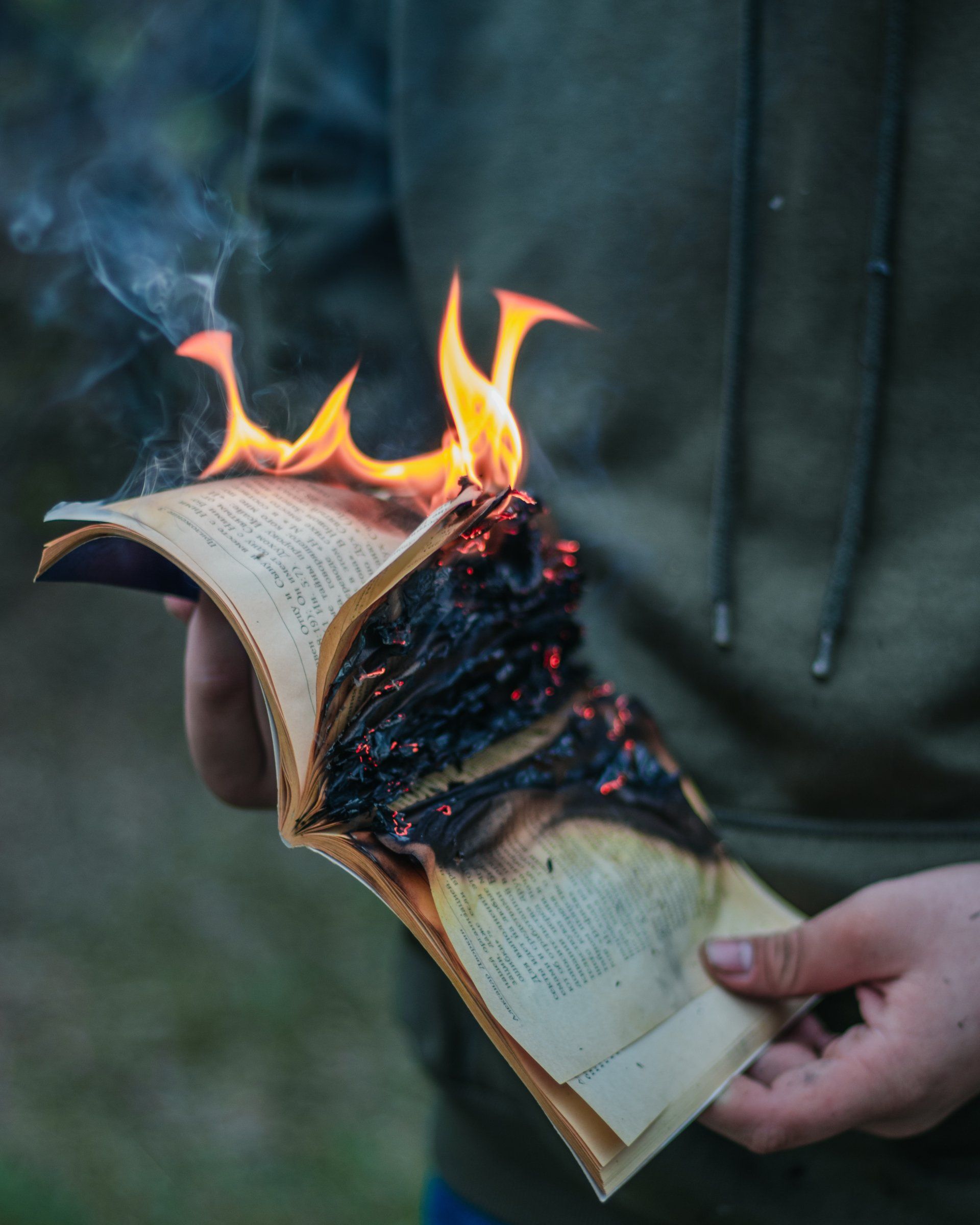
House fires are alarmingly common, posing serious risks to residents and their properties. The National Fire Protection Association reports that U.S. fire departments respond to an average of 350,000 to 400,000 house fires annually. These unpredictable disasters can result in tragic loss of life, devastating property damage, and significant financial distress. We will provide essential fire safety measures, detail our expert restoration process after fire damage, and explain how our services can help alleviate these burdens. It's time to prioritize your safety and protect your investment.
Understanding the Risk Factors
When it comes to home fire damage protection, a comprehension of the underlying risk factors is key. One of the most common causes of home fires is unattended cooking. This usually happens when the stove or oven is left on, a pot or pan overheats or food is left cooking without supervision. Another major culprit is heating equipment such as space heaters, fireplaces, or wood stoves, especially during the cold months when these devices are used more frequently. Electrical faults, such as overloaded circuits or faulty wiring, can also lead to fires. These risks are often heightened during the holiday season due to the increased use of lights and other electrical appliances.
Understanding the Common Causes of Home Fires
Delving deeper into the root causes of household fires can help in fireproofing your home. Statistics show that smoking is the leading cause of home fire deaths. A cigarette that is not properly extinguished can ignite a fire, especially if it comes into contact with flammable materials like upholstery, bedding, or curtains. Candles, too, are a common cause of home fires. Even something as simple as forgetting to blow out a candle before leaving a room can lead to a devastating fire.
Securing fire safety equipment for home use is another critical step in home fire damage protection. Tools such as fire extinguishers, smoke detectors, and fire escape ladders can make a significant difference in preventing a fire from spreading and providing a safe exit route. With these fire prevention tips in mind, you can significantly lower the risk of a fire in your home, ensuring the safety of your loved ones and safeguarding your property from potentially irreparable fire damage.
Cooking-related Fires
Unattended cooking stands as a leading cause of home fires. It's easy to get distracted and forget about the cooking food, but this lapse can lead to disastrous consequences. For example, a pot of oil left on high heat can rapidly reach an ignition point, resulting in a blazing fire. Similarly, mishandling hot oil, such as spilling it or trying to extinguish an oil fire with water, can cause a flash fire. Additionally, malfunctioning cooking appliances also pose a significant risk. A faulty stove, for instance, could have leaking gas that can ignite and trigger a fire. An example of such a situation can be seen in a recent incident in New York, where an unattended pot caused a fire that displaced 12 families. These examples underscore the importance of attentive cooking and regular maintenance of cooking appliances to prevent potential fire disasters.
Electrical Fires
Electrical fires are another leading cause of residential fires and commonly result from faulty wiring, overloaded circuits, or misuse of electrical appliances. Faulty wiring can create a dangerous spark that can ignite nearby flammable materials, while overloaded circuits can cause overheating and eventually fire. Misuse of appliances, such as using an appliance with a frayed cord or using a high-wattage bulb in a low-wattage lamp, can also lead to fires. To prevent these potentially devastating incidents, it's crucial to recognize the signs of electrical issues. These may include flickering lights, frequent circuit breaker trips, discolored wall outlets, or a persistent burning smell. Regular inspections by a certified electrician can help identify and fix any electrical issues before they become serious fire hazards. Remember, prevention is always better than restoration; stay vigilant and ensure your home's electrical safety.
Heating Equipment Fires
Heating equipment fires are a common cause of residential fires, especially during the colder months. The improper maintenance of heaters, fireplaces, and furnaces can lead to a build-up of flammable materials such as dust and lint, which can easily catch fire. Additionally, leaving portable heaters unattended, especially near flammable items like curtains or furniture, can result in devastating fires. To prevent such incidents, homeowners should ensure regular maintenance of their heating systems, including annual inspections and cleanings by a certified professional. Portable heaters should always be switched off while sleeping or leaving the house. Fireplaces should have a sturdy screen to prevent sparks from flying into the room. Lastly, ensure all heating equipment has a three-foot "kid and pet-free zone" around them. Remember, precautionary measures can significantly reduce the risk of house fires, providing safety and peace to you and your family.
Fire Prevention Tips
Let's dive into a set of comprehensive guidelines and best practices to prevent home fires effectively. We'll look at crucial areas such as installing and maintaining smoke detectors, creating and practicing a fire escape plan, and safe handling of flammable materials. By adopting these fire prevention tips and maintaining vigilance, you can ensure a safer, fire-resistant environment at home. Let's uncover these life-saving tips.
Regular Inspection and Maintenance
Regular inspection and maintenance of fire-prone areas and appliances in your home are vital in preventing potential fire disasters. Areas such as the kitchen, electrical systems, and heating equipment require particular attention, given their high fire risk. Engaging professional inspection services, like American Water and Damage Restoration, provides a comprehensive assessment, identifying any potential fire hazards and giving you peace of mind. Our experts meticulously inspect all risk-prone areas, leveraging their industry-specific knowledge and experience to provide reliable advice on necessary preventative measures. By regularly scheduling these inspections, you can ensure that your home remains fire-safe, that you thwart any potential disasters, and that your family stays protected. Don't wait for disaster to strike; invest in professional inspection services today and secure your home against fire threats.
Proper Storage of Flammable Materials
Inappropriate storage of flammable substances significantly increases fire risks. Items such as gasoline, aerosol cans, cleaning supplies, and even certain cosmetics can ignite if stored near heat sources or in poorly ventilated areas. To prevent fire disasters, ensure that these substances are stored in approved containers and placed in cool, well-ventilated areas, away from direct sunlight or heating appliances. Keep these items out of children's reach, and avoid storing large volumes of flammable substances in your home. Dispose of flammable material waste safely and promptly. Remember, the correct storage of flammable substances is a crucial aspect of fire prevention. Don't underestimate the potential danger; take action to ensure safe storage today and keep your home risk-free.
Fire-Resistant Building Materials
Fire-resistant building materials play a key role in curbing the spread of fires and minimizing damage. These materials are designed to resist ignition, slow down fire propagation, and reduce heat release when exposed to high temperatures. For instance, fire-retardant-treated wood, used in framing and deck construction, has a slower burn rate than untreated wood. Gypsum board, commonly used in wall assemblies and ceilings, is another excellent fire-resistant material due to its non-combustible core. Installing fire-rated glass in windows and doors can significantly impede the spread of flames and heat. Furthermore, concrete and brick masonry are well-known for their high fire resistance and are commonly used in firewalls and exterior walls. By incorporating these materials into your home, you significantly enhance its resistance to fire, thereby adding an extra layer of protection for your property and your loved ones.
Smoke Detectors and Fire Alarms
Smoke detectors and fire alarms are indispensable safety devices, acting as the first line of defense in fire prevention. They provide critical early warning signals, allowing occupants adequate time to evacuate and summon help, thus saving lives and minimizing property damage. To ensure comprehensive coverage, install these devices in every bedroom, outside each sleeping area, and on every level of your home, including the basement. Regular maintenance, including monthly testing and annual battery replacement, is essential for their optimal functioning. Failure to maintain these devices can result in malfunctions, rendering them useless in a fire. The importance of smoke detectors and fire alarms cannot be overstated. Protect your home, your belongings, and, most importantly, your loved ones—invest in quality smoke detectors and fire alarms today. Don't just install; ensure regular maintenance and proper placement for effective fire prevention.
Fire Extinguishers
Fire extinguishers are essential safety tools for immediate response to contain small fires before they escalate. For optimal fire safety, install fire extinguishers in key areas of the home, like the kitchen, garage, and near heating equipment, where fires are most likely to break out. Knowing how to operate them is equally vital. Remember the acronym PASS: Pull the pin to break the seal, Aim the nozzle at the base of the fire, Squeeze the handle to discharge the extinguisher, and Sweep from side to side until the fire is completely out. Regular maintenance, like annual inspections, ensures their reliability when needed. Incorporate fire extinguishers into your fire prevention strategy today; they could make a crucial difference between a minor fire incident and a devastating disaster.
Fire Safety Plan
A well-thought-out fire escape plan is a cornerstone of fire safety. Knowing exactly what to do in case of a fire can make the difference between life and death. To create an effective plan, identify two ways out of each room, usually a door and a window. Make sure all exit routes are clear and free from clutter. Draw a map of your home, marking the escape routes, and share it with all family members. Designate a safe meeting place outside, such as a neighbor's house or a street light, where everyone can gather after evacuation. Practice the plan at least twice a year, involving all family members and varying practice times to include different situations. Everyone needs to know how to escape on their own in case help is not available. Remember, preparation is key - establish your fire escape plan today.
The Aftermath: Recovering from a Home Fire
In the immediate aftermath of a residential fire, the first step is ensuring the safety of all occupants. Once everyone is safe, promptly contact your insurance company to report the house fire damage and initiate the claim process. If your home is uninhabitable, arrange for temporary housing for your family.
Cleaning and restoring your home after a fire can be a daunting task. Start by ventilating the property to clear out smoke and reduce smoke damage. Wearing protective clothing, carefully sort through your belongings, separating salvageable items from those beyond repair. However, remember that fire damage extends beyond what the eye can see. It includes hidden damage like structural instability, water damage from firefighting efforts, and lingering smoke odors.
This is where professional expertise comes into play. Fire protection services specialize in assessing and repairing fire and smoke damage, ensuring your home is completely restored to a safe living condition. Their expertise is crucial in dealing with issues that may not be immediately apparent.
Ensuring a Fireproof Future with American Water and Damage Restoration
At American Water and Damage Restoration, we're dedicated to providing top-tier restoration services to safeguard your home and future. Our experienced team excels in timely, effective interventions, from water damage repairs to comprehensive fire damage restoration. We're committed to restoring not just your home but also your peace of mind. Don't let a fire disaster take control of your life. Trust us with your restoration needs and ensure a secure, fireproof future today. Contact us now for a free consultation and step into a safer tomorrow. We're here for you, 24/7.
CONTACT US 24/7 FOR ANY TYPE OF RESTORATION SERVICES
Our Contact Information
123 2nd Ave S, Edmonds, WA 98020, United States of America
OPEN 24/7
CONTACT US 24/7
For an immediate response call us 24/7 at (206) 771-7040 or complete the form below.
Contact Us
We will get back to you as soon as possible.
Please try again later.
24/7 Emergency Services!
CALL (206) 771-7040
We’re Fast! We’re Efficient!… And we will get the job done right, the first time!
Contractor Number: AMERIWD794PJ
OUR SERVICES
CONTACT INFO
123 2nd Ave S, Edmonds, WA 98020, United States of America
All Rights Reserved | American Water and Damage Restoration LLC

